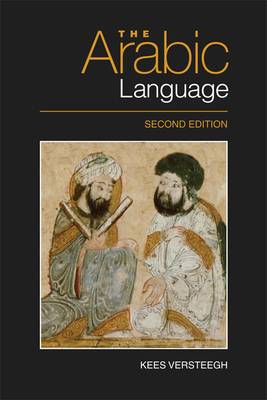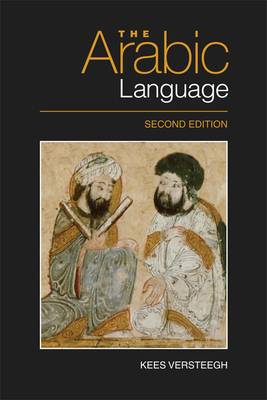
- Retrait gratuit dans votre magasin Club
- 7.000.000 titres dans notre catalogue
- Payer en toute sécurité
- Toujours un magasin près de chez vous
- Retrait gratuit dans votre magasin Club
- 7.000.0000 titres dans notre catalogue
- Payer en toute sécurité
- Toujours un magasin près de chez vous
Description
Covering all aspects of the history of Arabic, the Arabic linguistic tradition, Arabic dialects, sociolinguistics and Arabic as a world language, this introductory guide is perfect for students of Arabic, Arabic historical linguistics and Arabic sociolinguistics. Concentrating on the difference between the two types of Arabic - the classical standard language and the dialects - Kees Versteegh charts the history and development of the Arabic language from its earliest beginnings to modern times. Students will gain a solid grounding in the structure of the language, its historical context and its use in various literary and non-literary genres, as well as an understanding of the role of Arabic as a cultural, religious and political world language. New for this edition: additional chapters on the structure of Arabic, Bilingualism and Arabic pidgins and creoles; a full explanation of the use of conventional Arabic transcription and IPA characters; an updated bibliography and all chapters have been revised and updated in light of recent research.
Spécifications
Parties prenantes
- Auteur(s) :
- Editeur:
Contenu
- Nombre de pages :
- 416
- Langue:
- Anglais
Caractéristiques
- EAN:
- 9780748645282
- Date de parution :
- 20-05-14
- Format:
- Livre relié
- Format numérique:
- Genaaid
- Dimensions :
- 160 mm x 236 mm
- Poids :
- 898 g







